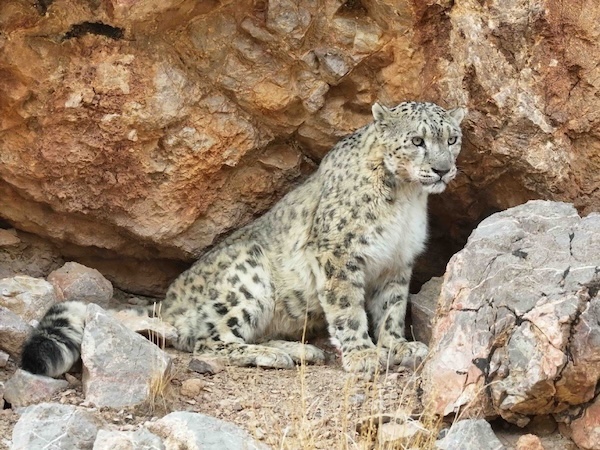Celebrating biodiversity in Xizang: A natural wonder
Updated: 2025-05-22 (chinadaily.com.cn)  Print
Print 



A snow leopard rests among the rocks on a high-altitude slope near Yuthok village in Gerze county, Xizang autonomous region. [Photo by Sonam Rinchen/For chinadaily.com.cn]
May 22 is International Biodiversity Day, highlighting the theme "harmony with nature and sustainable development". Xizang autonomous region, known as China's most vital ecological protection barrier, is one of the most biodiverse regions on Earth, earning its reputation as a "green gene bank" and "natural science museum".
With landscapes ranging from the Himalayas to wetland reserves, Xizang provides sanctuary to rare and endangered wildlife such as snow leopards, Tibetan antelopes, and black-necked cranes. Recent discoveries, including new bee species in Metog county and rare spiders, continue to expand scientific understanding of the region's biodiversity.
To protect this fragile ecosystem, Xizang has strengthened biodiversity conservation policies, revising key environmental laws and designating 97 nature reserves covering over 43 million square kilometers. Thanks to conservation efforts, Tibetan antelope populations have surpassed 300,000, and black-necked cranes now number over 10,000.
In addition to government initiatives, local communities and scientists play a crucial role. In Nagchu, villagers actively monitor snow leopard activity, helping researchers track and protect the species. Meanwhile, Tibetan scientists are leading research on invasive species, aiming to preserve the region's natural balance.








